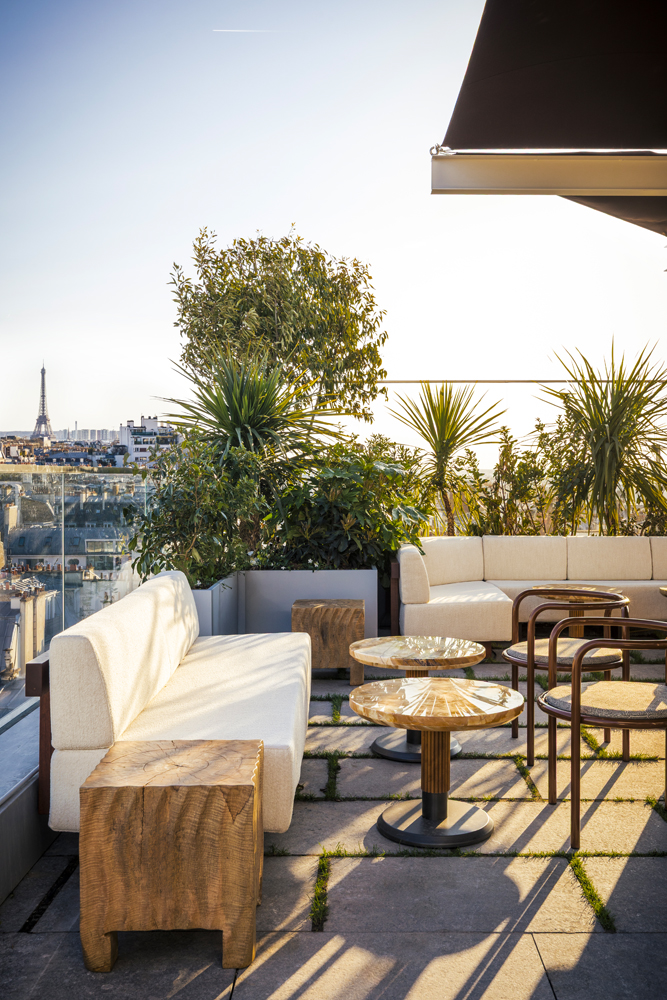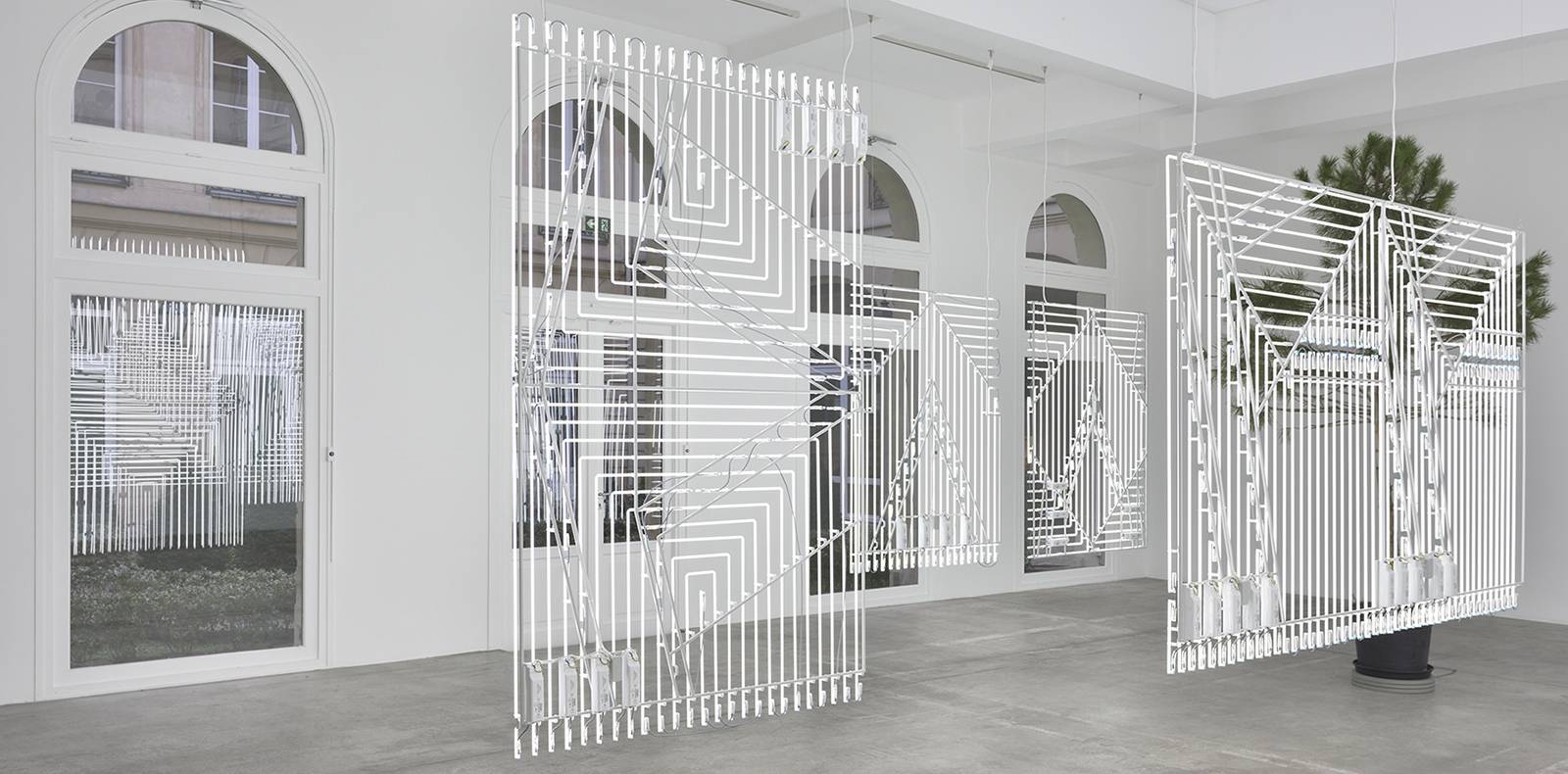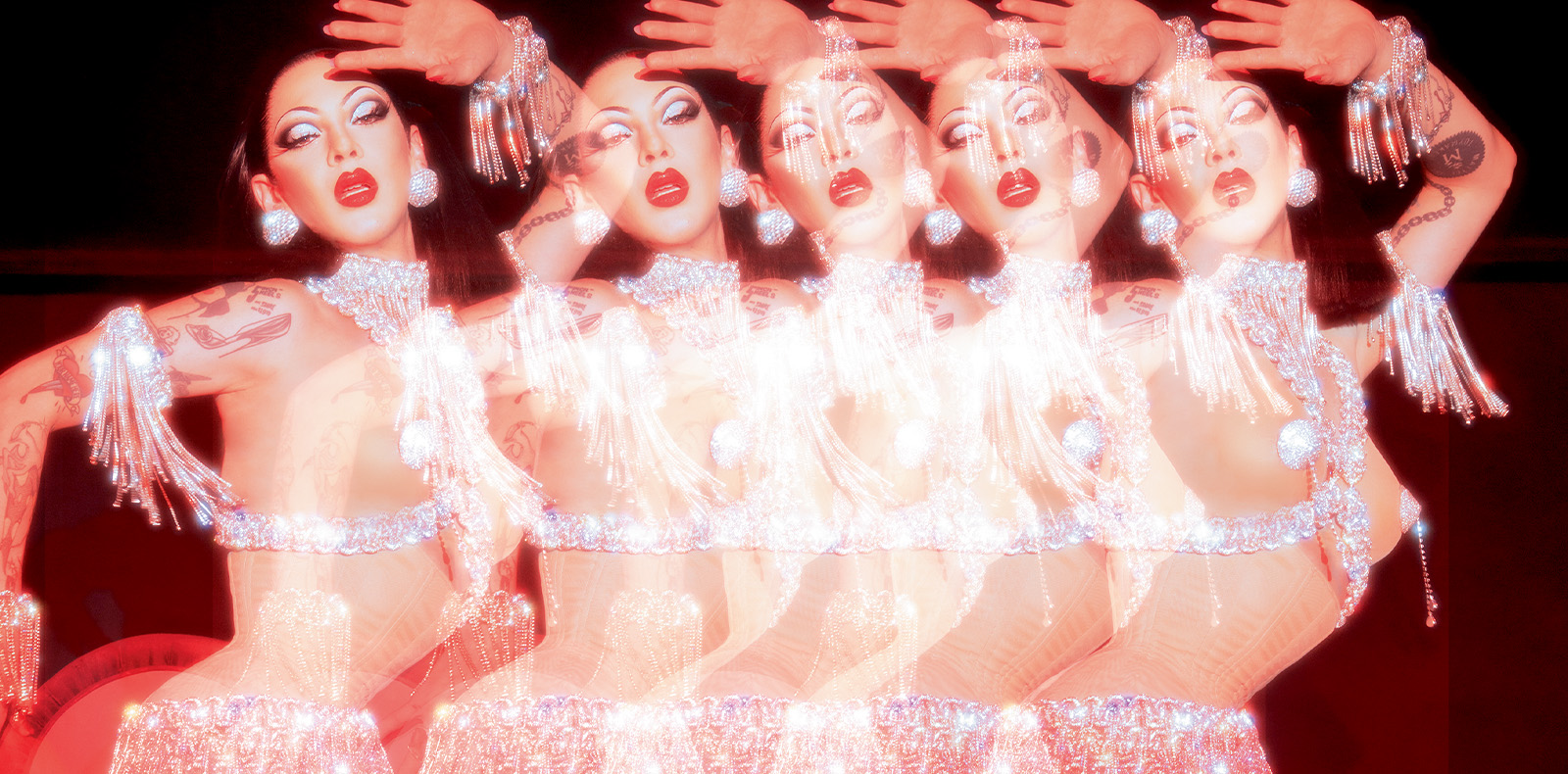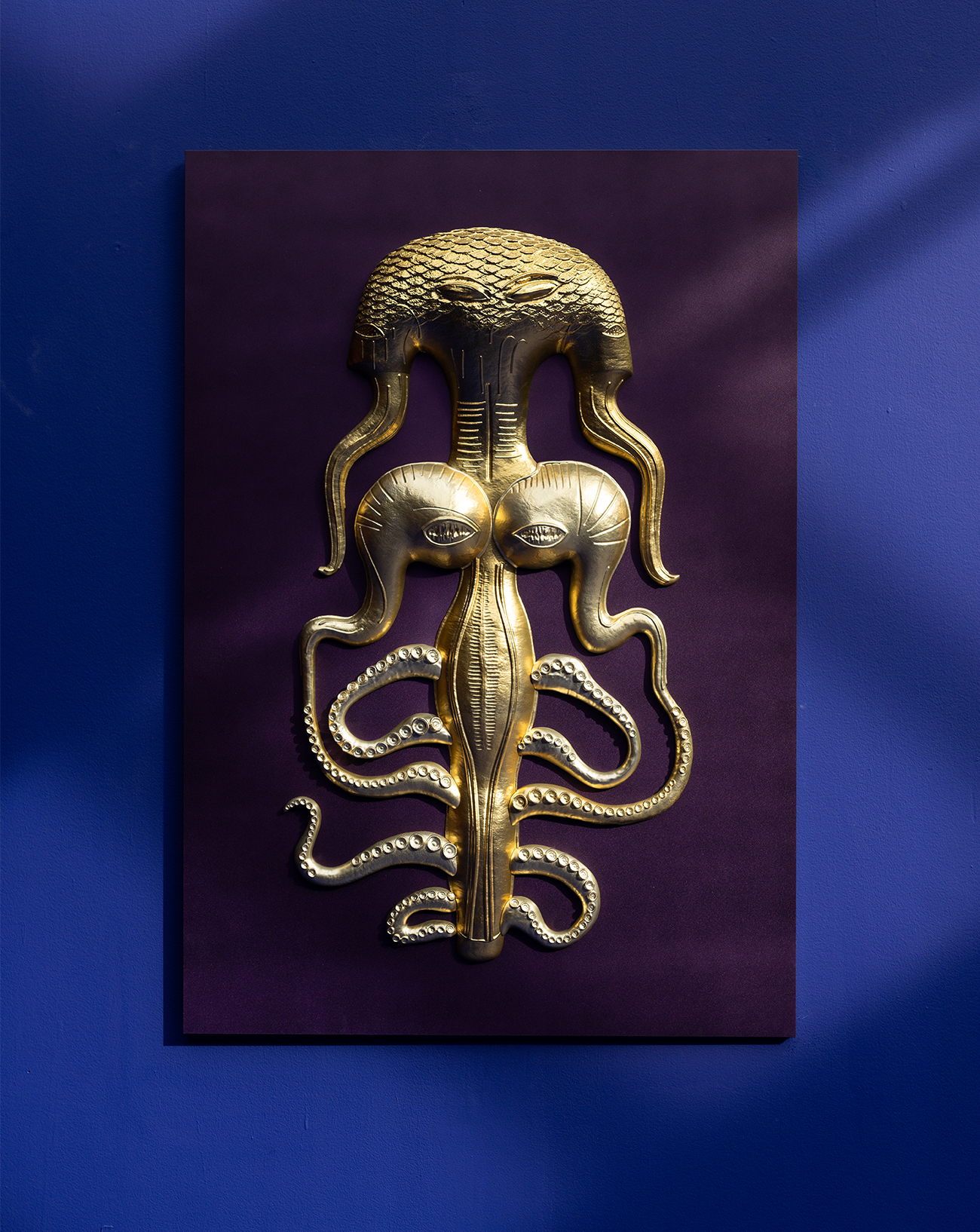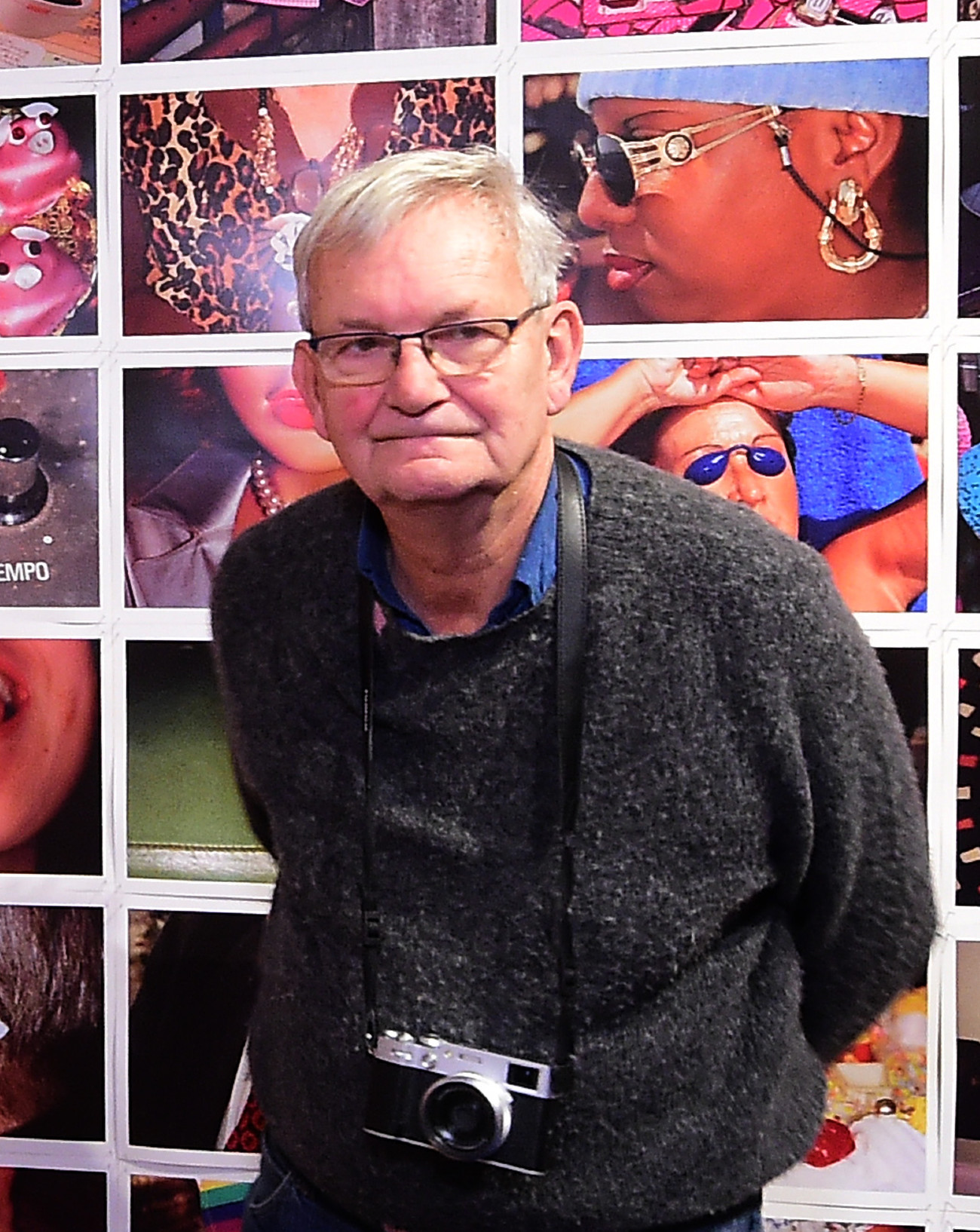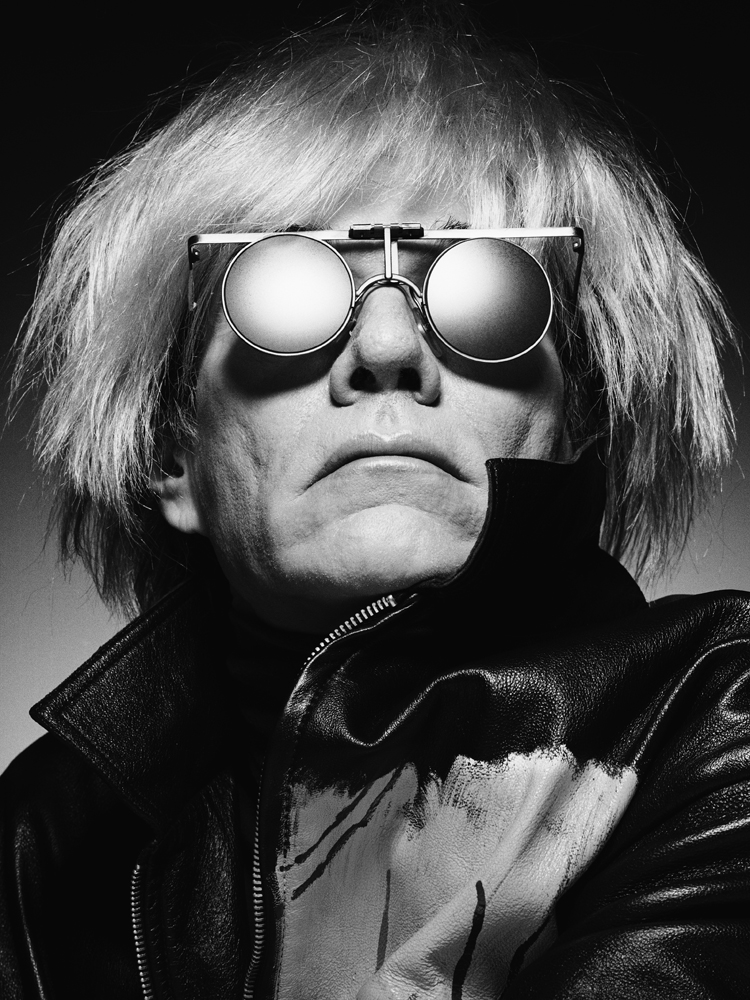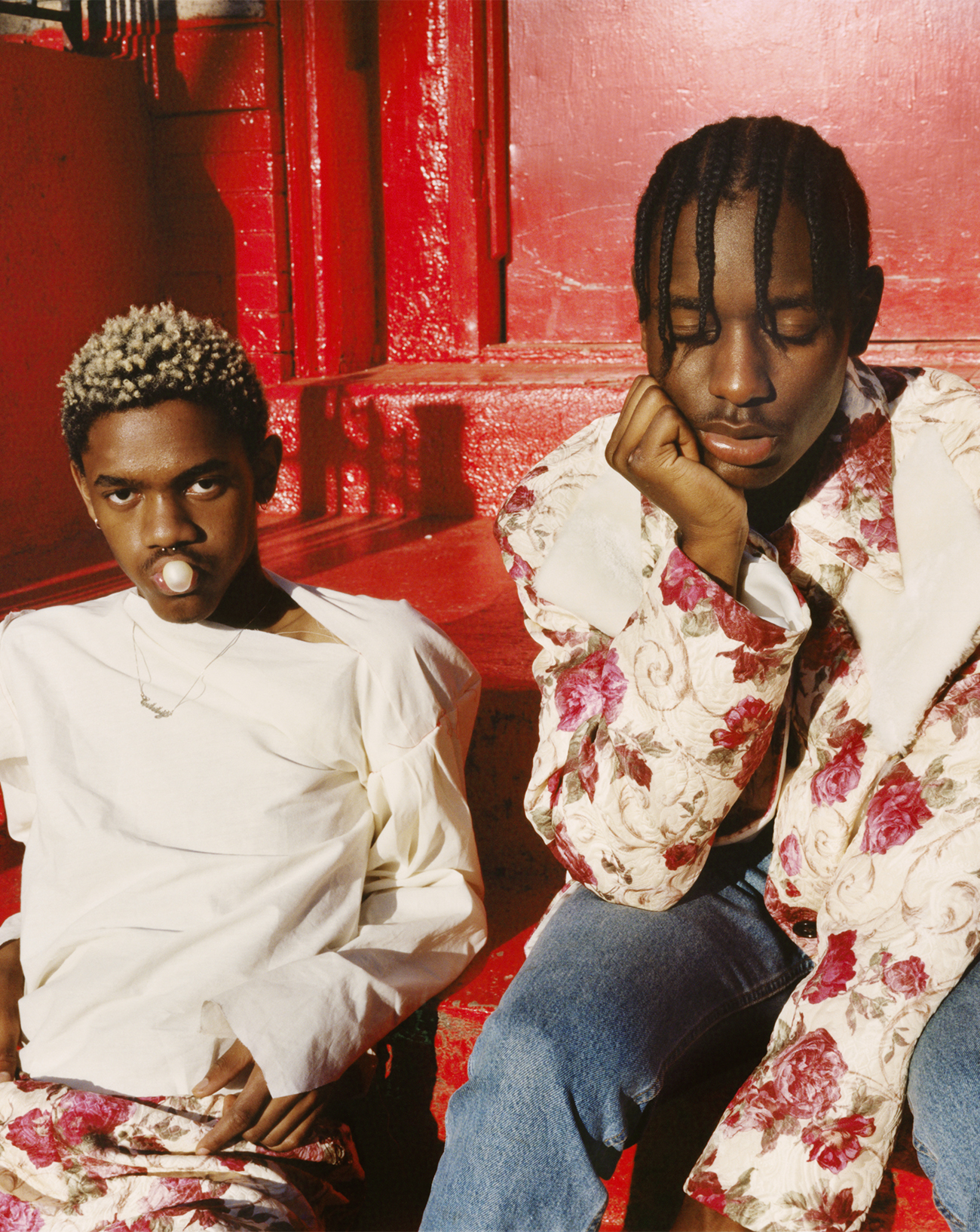
24
Dominique Gonzalez-Foerster, the artist of a thousand metamorphoses
In her three new exhibitions, at the Vienna Secession this summer, currently at the Chantal Crousel gallery in Paris and soon at the Serpentine Gallery in London, the French artist summons the multiple heroes and heroines who punctuate her personal pantheon, celebrating the return to the collective and to life after the pandemic. It is an opportunity to discover an unclassifiable figure in contemporary art, where she defends her holistic vision of creation work after work.
Published on 24 September 2021. Updated on 31 May 2024.
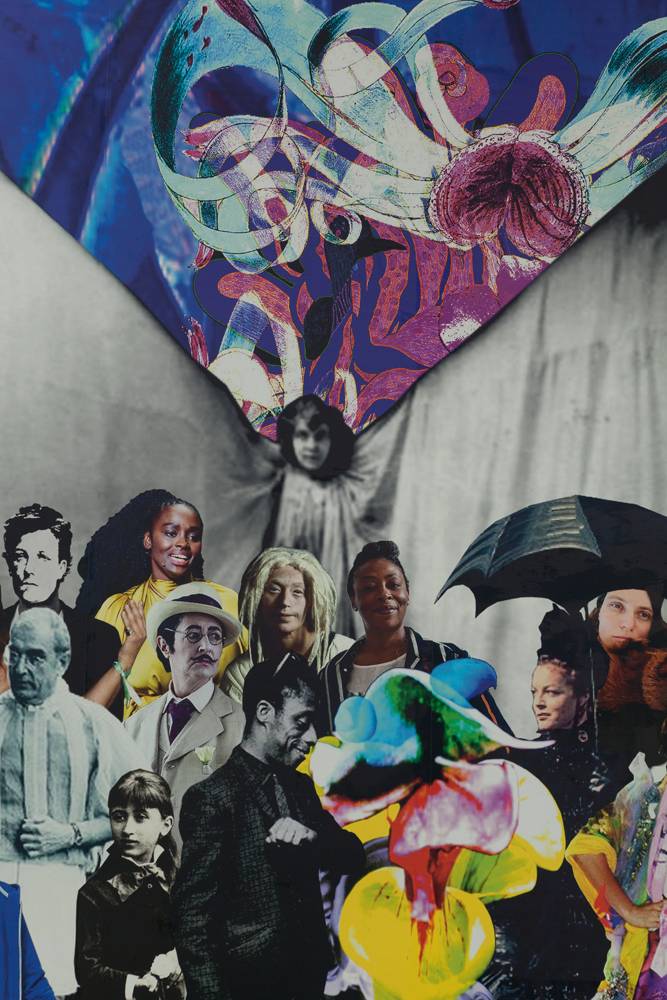
At the Secession Palace in Vienna, Dominique Gonzalez-Foerster presented this summer the extraordinary first opus of a project, which continues this autumn at the Crousel Gallery in Paris, and will continue in 2022 at the Serpentine Gallery in London. She summons 235 heroines and heroes from her personal pantheon, “Inspirational friends, non-binary, trans, queer, fluid, hybrid, lesbian, gay, pan, human and non-human, present and past”, in a spectacular device that places the viewer at the centre of this “A beautiful, joyful, almost lyrical crowd, like a march, a demonstration, an excursion… with Loïe Fuller and Subcomandante Marcos, Leslie Feinberg and Kathy Acker, Typhoeus and Rosa Luxemburg, Chico Mendes and Marielle Franco, Angela Davis and my daughter Ryo… and many more”, She. Dominique Gonzalez-Foerster, born in Strasbourg in 1965, lives in Paris and Rio de Janeiro. Already in Vienna, in 2015, for the 176 square meters of the curtain that protects the stage of the Opera, she had designed a special work: she used the famous photograph showing the painter Helen Frankenthaler posing on the floor of her studio, playing the role of Frankenthaler herself.
At the Secession Palace, his set-up resembles a stage – circular, vast, on the ground and materialized by an artificial lawn – with its décor. It consists of a fresco more than 24 metres long and 5 metres high, arranged in an arc: a collage presenting an anthology of characters in a composition inspired by the work of the Mexican painter Diego Rivera (1886-1957) entitled Dream of a Sunday Afternoon in the Alameda Central. This painter distinguished himself in particular by large murals, including this one, painted opposite the restaurant of the Hotel del Prado, in Mexico City, between 1946 and 1947 (and transferred, in 1985, to the painter’s museum). It features a hundred famous characters from the history of Mexico mixed with anonymous people (street vendors as well as revolutionaries…), as well as Frida Kahlo, who was his wife, and some of his daughters.
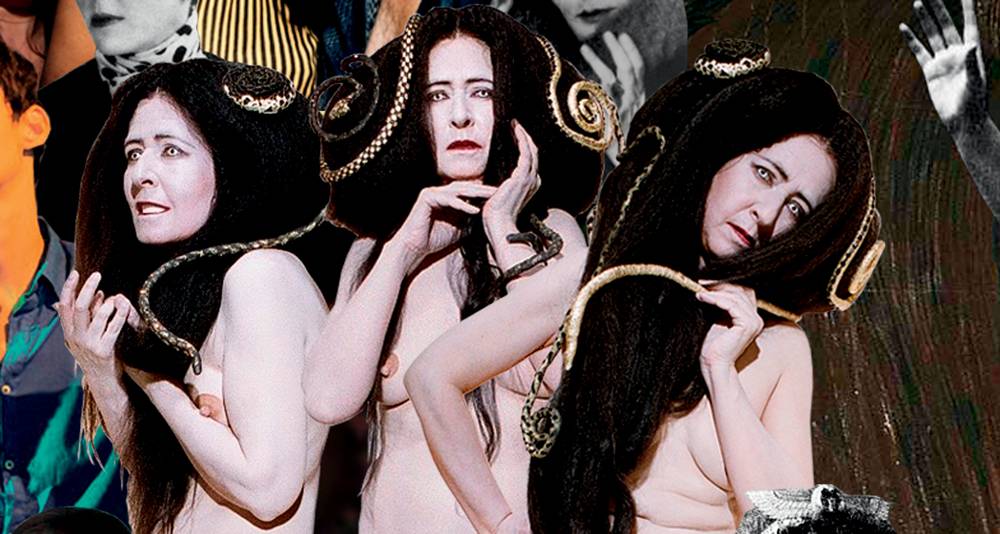
Dominique Gonzalez-Foerster takes up the very idea of this scene (in which she also includes her daughter) and, in a way, suggests that the viewer take part by sitting on the lawn where cushions are placed with slogans: “No justice no peace”, “Eat pussy not cows”, “Animals are not our use”, “White silence is violence”, “Queer and loving it”, “There is not chocolate on Mars”. These slogans respond to those appearing on the placards brandished by many of the characters in the mural: “Stop Asian hate”, “General strike”, “Trans lives matter”, “Skolstrejk för klimatet”… all of which offers an almost exhaustive overview of all the just causes of the moment. Thus, it is not for this or that chapel that we pray here, but for the global idea of individual commitment and the making of the collective. In doing so, she takes “committed art” a little the wrong way, and with delicious irony: she exposes the very idea of commitment, addressing in passing a kind of homage to all kinds of magnificent figures, from Louise Bourgeois to Josephine Baker, from Klaus Nomi to Marlene Dietrich, from Pina Bausch to Rosa Luxemburg – via Bob Dylan.
It is not for this or that chapel that we pray here, but for the overall idea of individual commitment and the making of the collective.
The architecture of the Secession building is formed, on the ground floor, of a single vast rectangular room, bordered by three alcoves of the same shape, and this open and disproportionate space offers a perfect theater for this stage. The overhead lighting, which passes through the large ceiling windows, reinforces this idea of the outdoors and, in short, creates a plausible landscape that is embraced in a natural way. It is a painting that takes place between reality and unreality, which the artist declares to have arisen instead of a dream: “I woke up in the middle of the night and had a vision. We were near a small volcano from which a gentle lava flow emerged, the vegetation was tropical, there were hummingbirds and llamas… My body has multiplied in several appearances, Lola Montez, Fitzcarraldo, Marilyn… […] An eruption of life, protest, activism, desire, in a period of control, fear, isolation and screen time. A liberating and transformative collective moment generating a place, a landscape, a moment impossible to live alone. A collective eruption, a slow flow of human and non-human lava filling the streets, memory, parks and time.” Dominique Gonzalez-Foerster’s Viennese exhibition is entitled “Volcanic Excursion” and is indeed subtitled “A Vision”. The use of this term must be appreciated at its true value: a vision cannot be explained (except perhaps by psychoanalysis), and since it is a vision, it is not preceded by a conscious intention. The artist, in short, thwarts the idea of the exhibition as a project and refers to his own fantasy – a slap in the face at a time when everything must make sense.
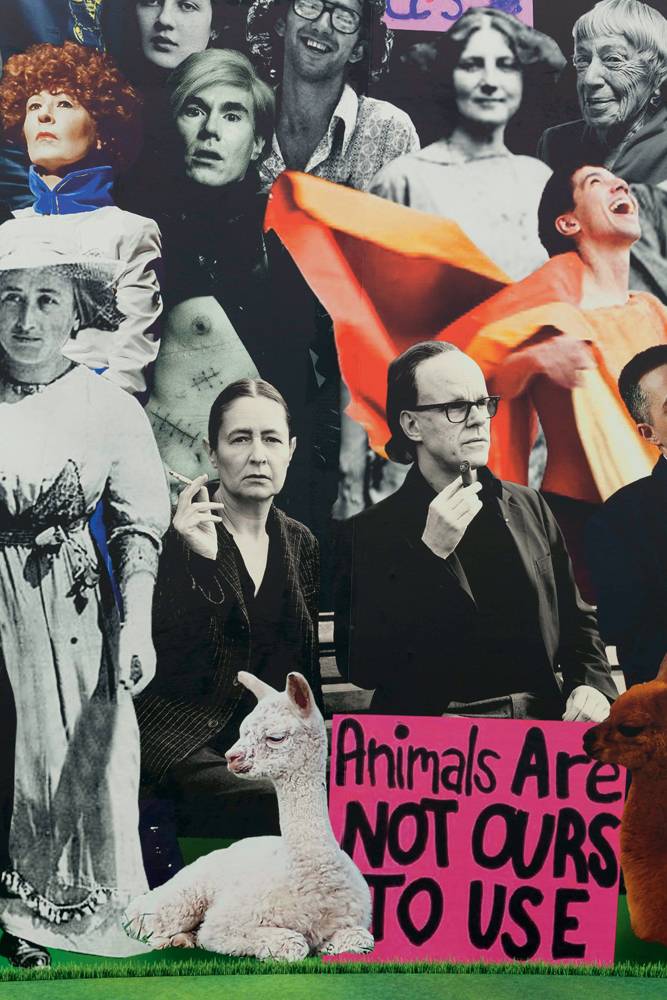
This “vision” follows the “apparitions” that form the bulk of Dominique Gonzalez-Foerster’s current work, and it is no coincidence that she summons Lola Montez, Fitzcarraldo and Marilyn Monroe in her dream: she played them in turn during “appearances”, precisely, that she has been organizing since 2012, where she stages famous characters. At the Centre Pompidou in Paris, for a single evening in 2015, she was in turn Marilyn Monroe, Sarah Bernhardt and Maria Callas, offering an astonishing embodiment of the latter. In these appearances, the artist becomes the medium of historical or fictional characters: Faye Dunaway in The Thomas Crown Affair by Norman Jewison, Emily Brontë, Lola Montès in Max Ophüls’ film, Helmut Berger in Ludwig – Twilight of the Gods, then Professor Aschenbach played by Dirk Bogarde in Death in Venice (the two films by Luchino Visconti) or, according to a 1922 photo by Man Ray, the Marchioness of Casati, an Italian heiress and benefactress of the arts, who lived at the beginning of the twentieth century and once declared: “I want to be a living work of art!”, who Dominique Gonzalez-Foerster brought to life on October 25, 2014, at the Fondation Vuitton in Paris, in a long silver dress. “There are words that I really don’t like: video, installation, performance,” she explained at the time. ” I prefer apparitions, ghosts, projections.” No appearance was planned in the Viennese exhibition, but Dominique Gonzalez-Foerster nevertheless embodies a new character: one of the Gorgons, the three iterations painted by Gustav Klimt in 1902 on the very wall of the exhibition spaces located in the basement of the Secession (the remains of this fresco, designed for a temporary exhibition, are still visible in the basement).
“We dreamed of faces, skin, bodies, contacts, groups, crowds without masks”
We can spend hours in this environment where Dominique Gonzalez-Foerster has multiplied the details and characters, each referring us to his biography, while their reunion offers infinite possibilities for stories. This extravagant fresco is certainly a hollow portrait of the artist made up of individuals who, through their work or their presence, have imprinted his existence. It is also an invitation to take part in this crowd, an invitation to the collective after the obligation of isolation. “2020-2021: we were forced to stay in our rooms, in front of our screens, fearing an unknown virus coupled with necropolitical decisions dividing our strengths, desires, experiences, songs, perceptions, and pleasures, which generated a deep desire for collective space and chance encounters. We dreamed of faces, skin, bodies, contacts, groups, crowds without masks”says Dominique Gonzalez-Foerster, who has announced a “Sensodrome” in the middle of Hyde Park for his exhibition next year at the Serpentine in London.






